Guitar Tuning Series: Extended Chord Tuning
Extended chord tuning is a type of guitar tuning that uses more than the four basic triad tones (root, third, fifth, and octave) to create a more complex and expressive sound. Extended chords can add a new dimension to your playing and help you to create more interesting and unique melodies and harmonies.
Types of extended chord tuning
There are many different types of extended chord tuning, but some of the most common include:
- Seventh chords: Seventh chords add a seventh tone to the basic triad, creating a more dissonant and complex sound. Seventh chords are often used in jazz and blues music.
- Ninth chords: Ninth chords add a ninth tone to the basic triad, creating a more mellow and spacious sound. Ninth chords are often used in jazz and folk music.
- Eleventh chords: Eleventh chords add an eleventh tone to the basic triad, creating a more bright and airy sound. Eleventh chords are often used in jazz and fusion music.
- Thirteenth chords: Thirteenth chords add a thirteenth tone to the basic triad, creating a more complex and dissonant sound. Thirteenth chords are often used in jazz and fusion music.
Benefits of Using Extended Chord Tuning
There are many benefits to using extended chord tuning on the guitar. Here are a few:
- It can create a more complex and expressive sound. Extended chords can add a new dimension to your playing and help you to create more interesting and unique melodies and harmonies.
- It can make it easier to play certain chords and arpeggios. Extended chords can make it easier to play certain chords and arpeggios, such as minor chords and suspended chords. This is because the intervals between the strings are already in the correct position to play the chord.
- It can help you to learn new scales and patterns. Extended chords can help you to learn new scales and patterns that you may not have been able to play before. This is because the intervals between the strings are different from standard tuning.
Tips for Playing in Extended Chord Tuning
Here are a few tips for playing in extended chord tuning:
- Use different voicings. A voicing is the arrangement of the notes of a chord. There are many different voicings for each chord, so experiment to find voicings that sound good in extended chord tuning.
- Use effects pedals. Effects pedals can be used to create a variety of different sounds, including a darker, more resonant sound or a brighter, more open sound. Experiment with different effects pedals to find ones that you like.
- Listen to other guitarists who use extended chord tuning. There are many great guitarists who use extended chord tuning, such as Pat Metheny, John Scofield, and Kurt Rosenwinkel. Listen to their music to get ideas on how to use extended chord tuning in your own playing.
Conclusion
Extended chord tuning is a great way to expand your guitar playing horizons. It can help you to create new sounds, learn new scales and patterns, and find new sources of inspiration. If you have never tried extended chord tuning before, I encourage you to give it a try. You may be surprised at how much you enjoy it.
Try Expert, Personalized Guitar Lessons at Hodis Learning & Music
Hodis Learning & Music provides expert, individualized guitar lessons to students of all ages and backgrounds, helping them embark on their unique musical journey or prepare for music school auditions. Learn more about our services by calling or emailing us today!



